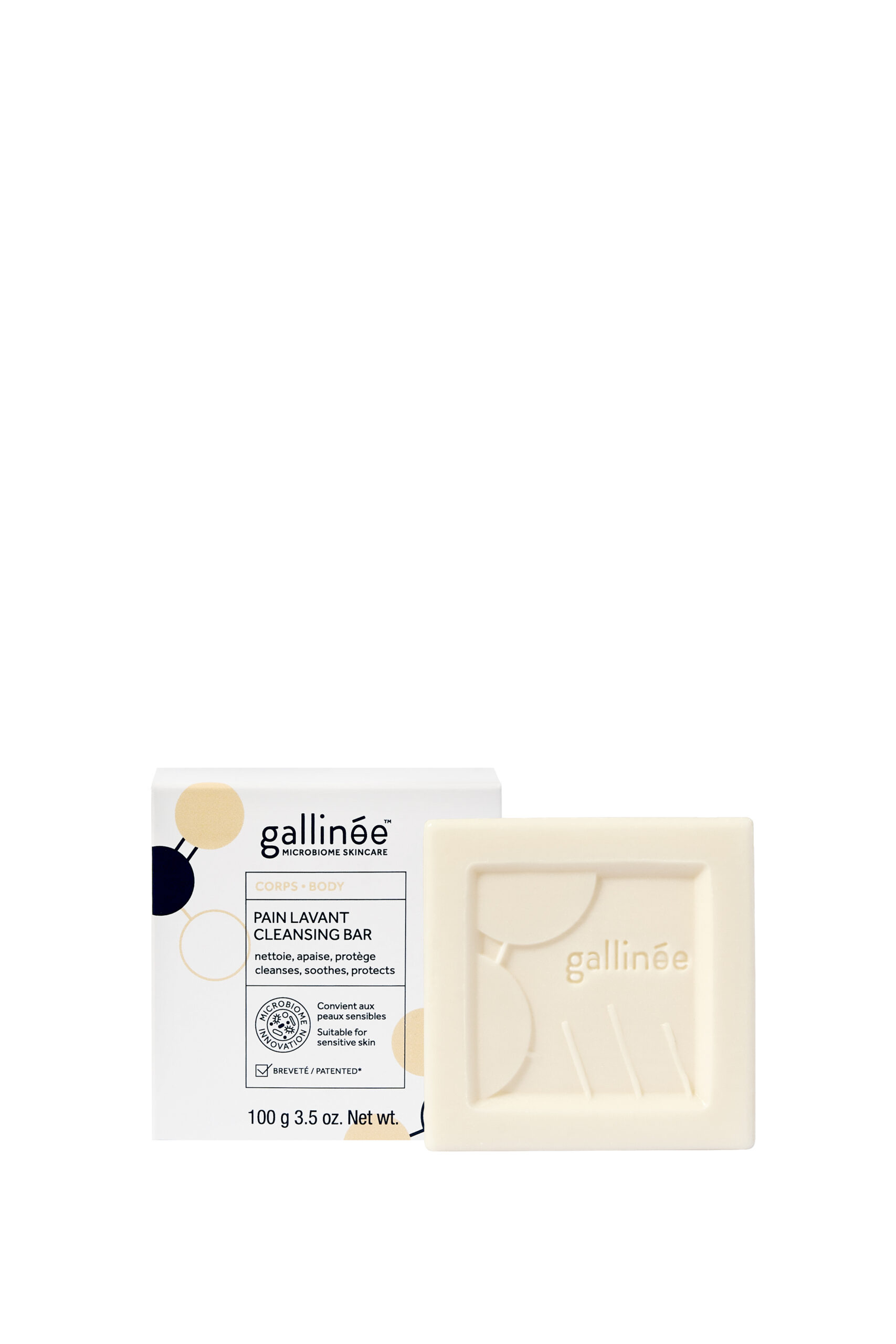Bonjour!
Today I would like to talk a bit about “clean” beauty. What is it? Is Gallinée clean? How many times can I make puns about “the dirty side of clean beauty”? Let’s see!
Where does clean beauty come from?
It comes from the US. Actually, if I had to define clean beauty in one sentence, it would be “Clean Beauty is American beauty trying to do European standards”.
The term seems to be used since 2015 (thank you google trends) and quickly spread from retailers to brands. Credo Beauty on the retail side, Drunk Elephant on the brand side are the pioneers of clean beauty.
What is Clean Beauty?
To understand this movement, we have to look a little bit at the difference between the US and Europe. Especially on regulations. This is going to be so fun! I’ll make it short.
In Europe, if you want to launch cosmetic products, we have the wonderful European Directive which is a very precise guideline of what you can and cannot put in a beauty product, and what kind of tests you have to make before it’s legal to put your product on the market. It’s long. It keeps being updated. You can use it against insomnia. But it is also really useful to ensure that products are 1) safe 2) do what they say 3) say what they do.
It also contains a loooooong list of products that you cannot put in a beauty formulation. It’s actually quite interesting to have a look:
Also quite cool: it defines what claims you can make and how you can verify them. It’s not enough to say that your product can be used on sensitive skin, you have to prove it. A lot.
So while it’s a lot of pain to manufacturers, it means that the products that you buy from European brands are safe, truthful and thoroughly tested.
In the US, the law is quite different. For starters, it’s a mostly voluntary declaration, and inspections are very rare. The list of banned or regulated substances is 10 times lower. Claims are less heavily regulated. It’s why you see a lot of acne or eczema claims in US products. In EU you cannot make this claim unless you have multi-million clinical research to prove it. In the US if you put some benzyl peroxide in your product, you can have an anti-acne claim.
In summary, the rise of clean beauty is mostly American brands wanting to bring themselves to European Standards. One of my Cosmetic Chemist friends who lives in the US told me she found it really fun to see European Brands trying to be clean brands. By definition, they are already clean!
Is Clean Beauty Better?
It’s hard to say.
Clean beauty is not well defined. Any brand can claim they banned, for example, uranium, and that they are clean. We need better definitions of what clean means.
So it depends on the brand and the product.
Clean Beauty / Non-toxic Beauty / Organic / Natural / Safe. Is it all the same?
Oulala not at all. A simple little glossary below
- Clean Beauty: Products that have a list of banned ingredients, according to uncertain standards that can vary from brand to brand
- Non-Toxic Beauty: Beauty products using non-toxic products, I guess. As a pharmacist, I am always a bit confused by this. I did 4 years of toxicology (Bonjour Professeur Pallardy!) and the takeaway is: Anything can be toxic, it all depends on the dose. Water can be toxic and drown you, soap in your eyes is toxic, even if it’s nicely cold-pressed. European Regulation ensures that products in your cosmetics are non-toxic ingredients at the right concentration.
- Organic Beauty: Products that contain at least 20% of organic ingredients, or 10% if it’s a rinse-off product.
- Natural Beauty: Products that contain at least 95% of ingredients from natural origin. Careful, water is a natural ingredient, so if your product is 95% water and all the rest is synthetic, it’s “natural”.
- Safe Beauty: Products that have been tested to ensure that you’re not going to be sick/harmed by it. Your best bet is to take products that are manufactured in Europe/South Korea/Australia. They have the strictest standards in the world.
Is Gallinée clean?
Ah! Gallinée follows the European regulation to the letter, we formulate the gentlest possible products and we test them thoughtfully.
But in truth, I prefer to say we are at the forefront of the Dirty Beauty movement: Beauty that not only takes care of your skin but all your little bacteria living on it!
Marie Drago, founder of Gallinée























